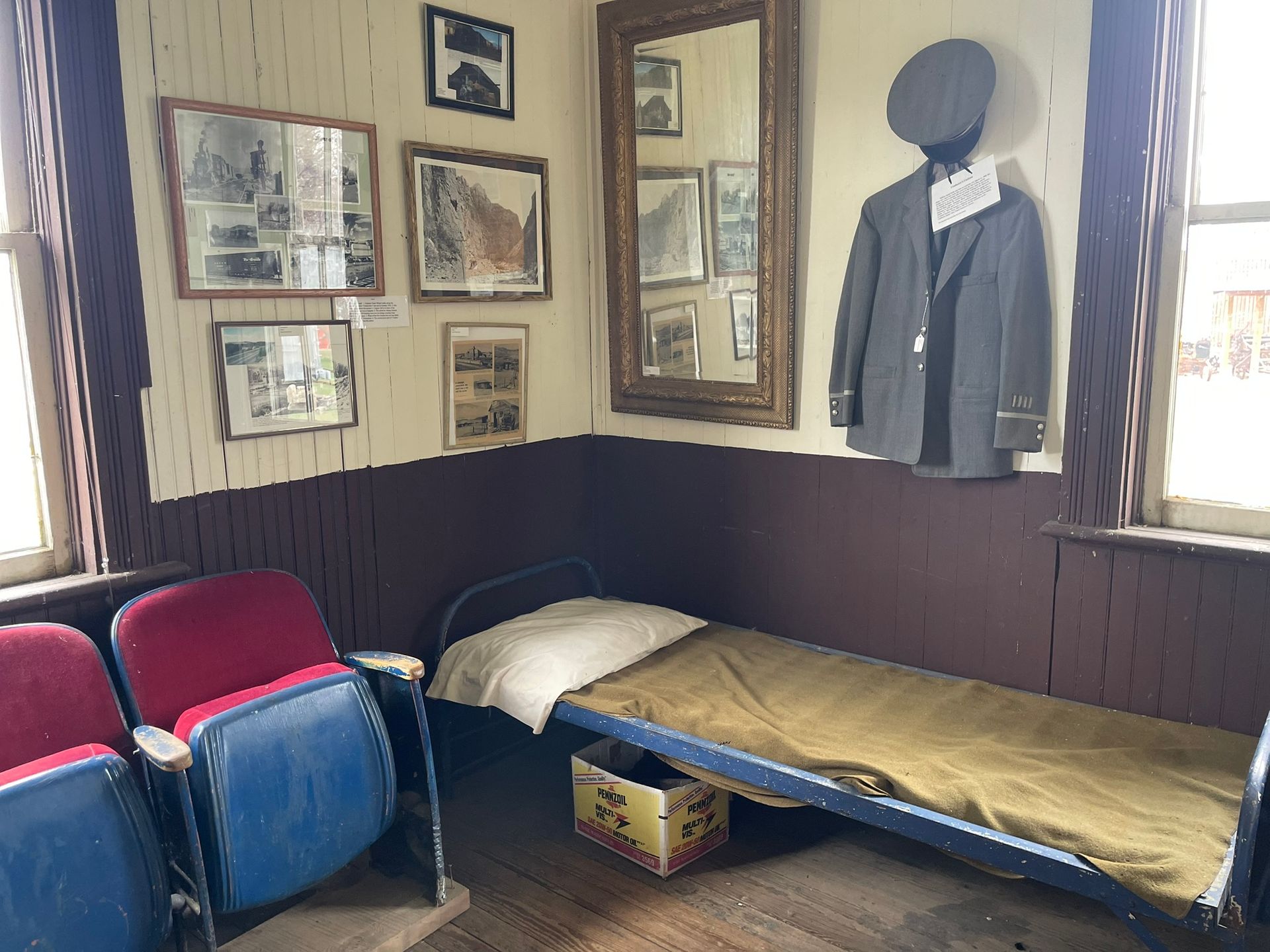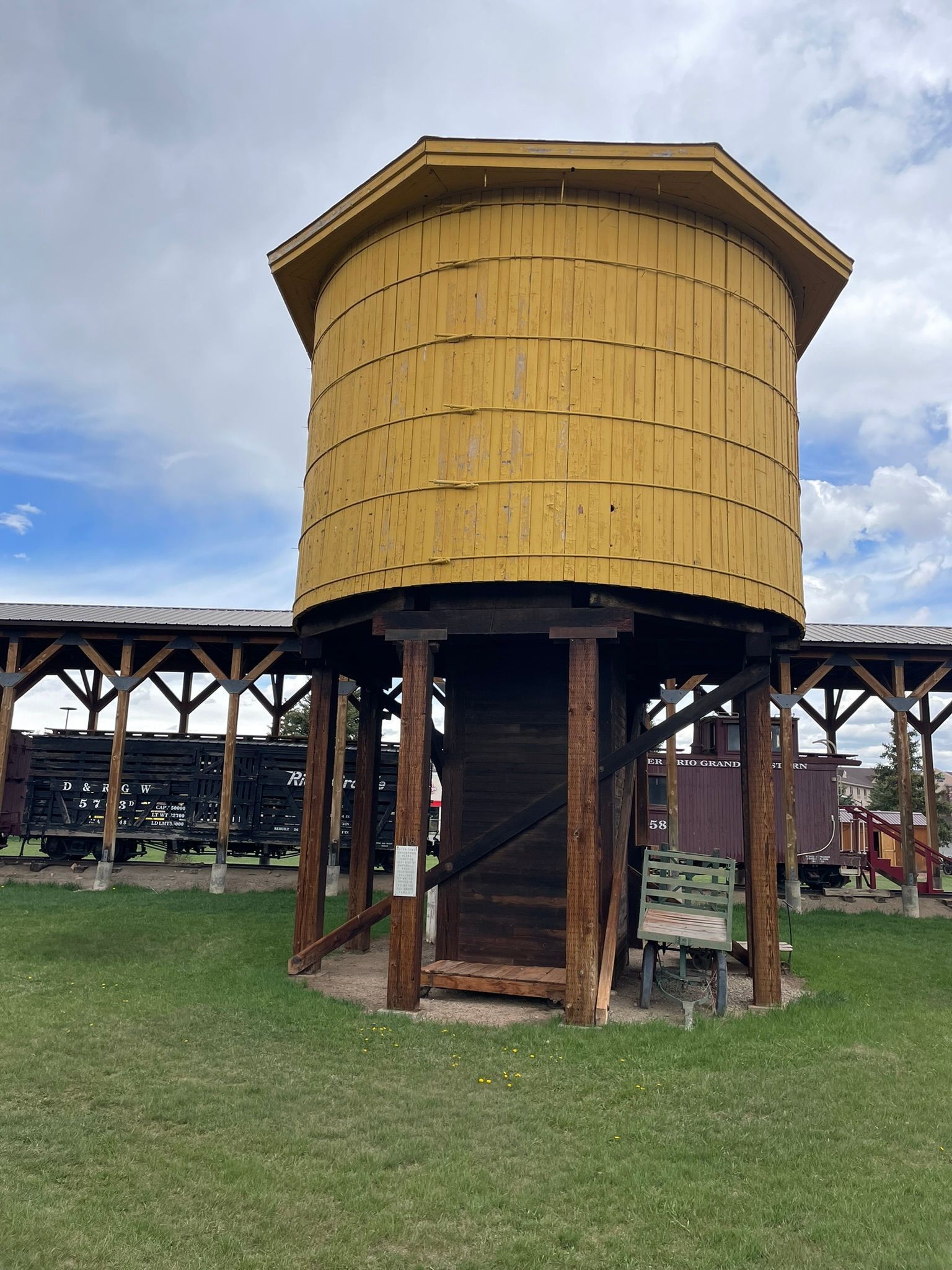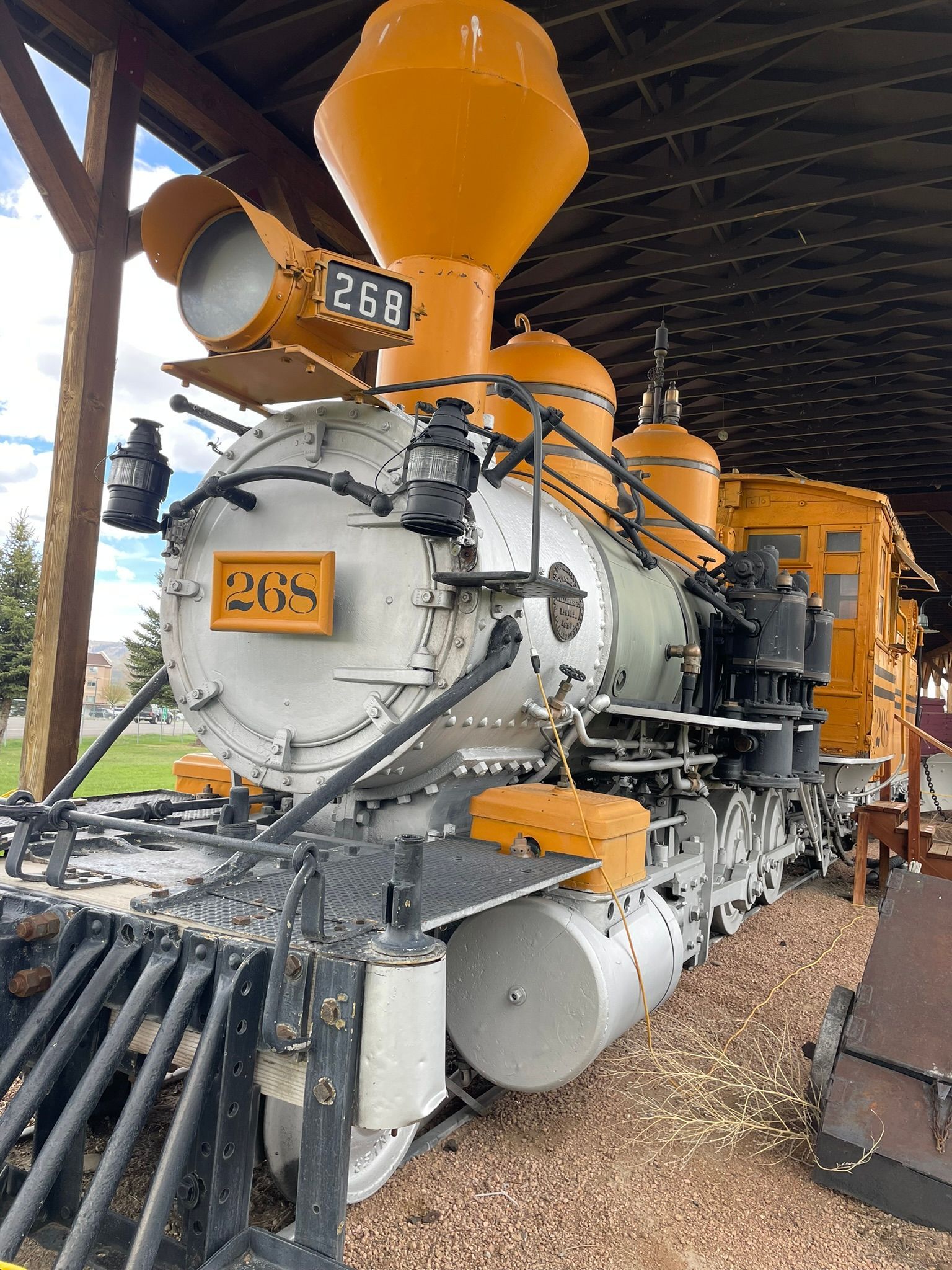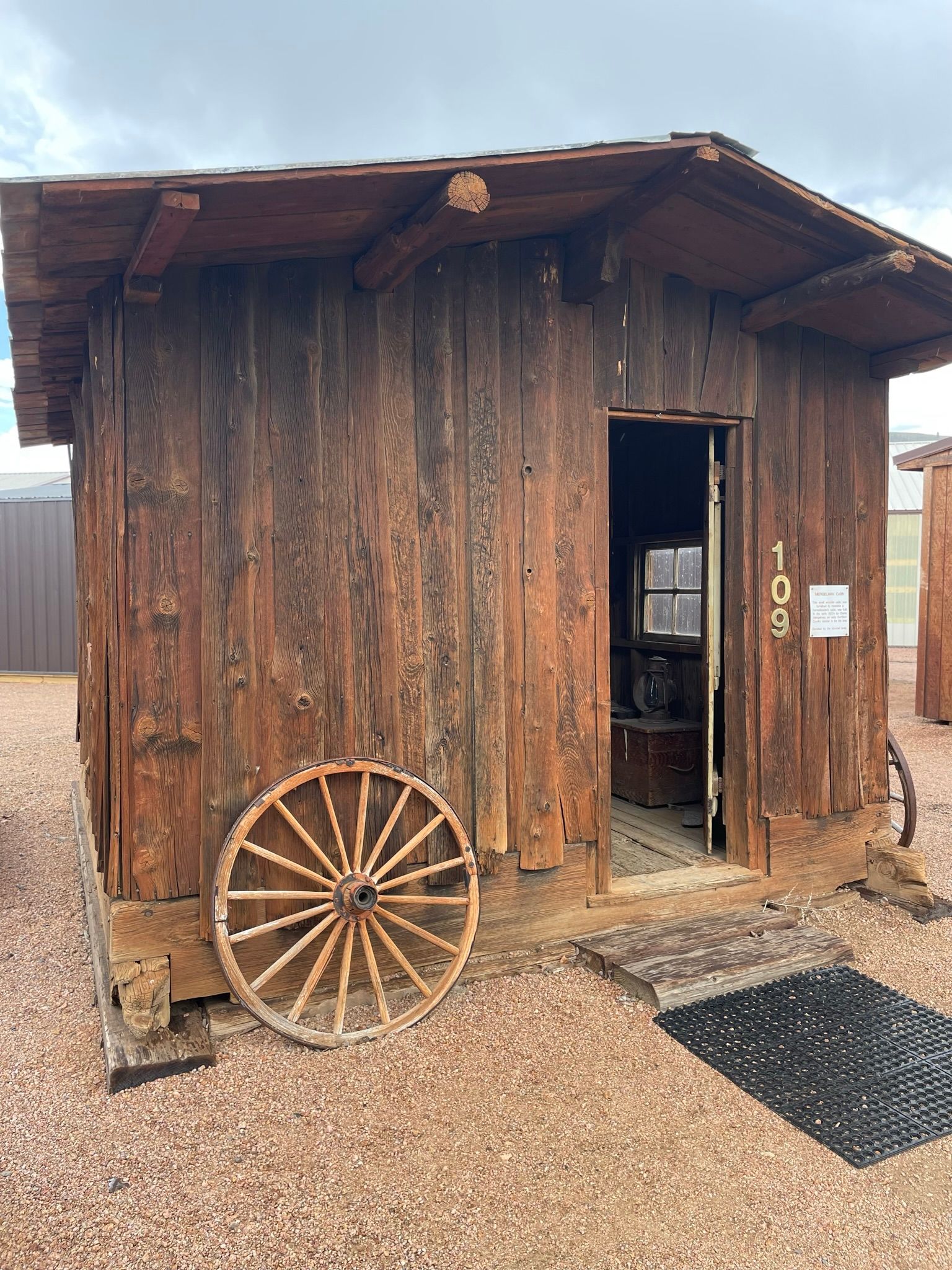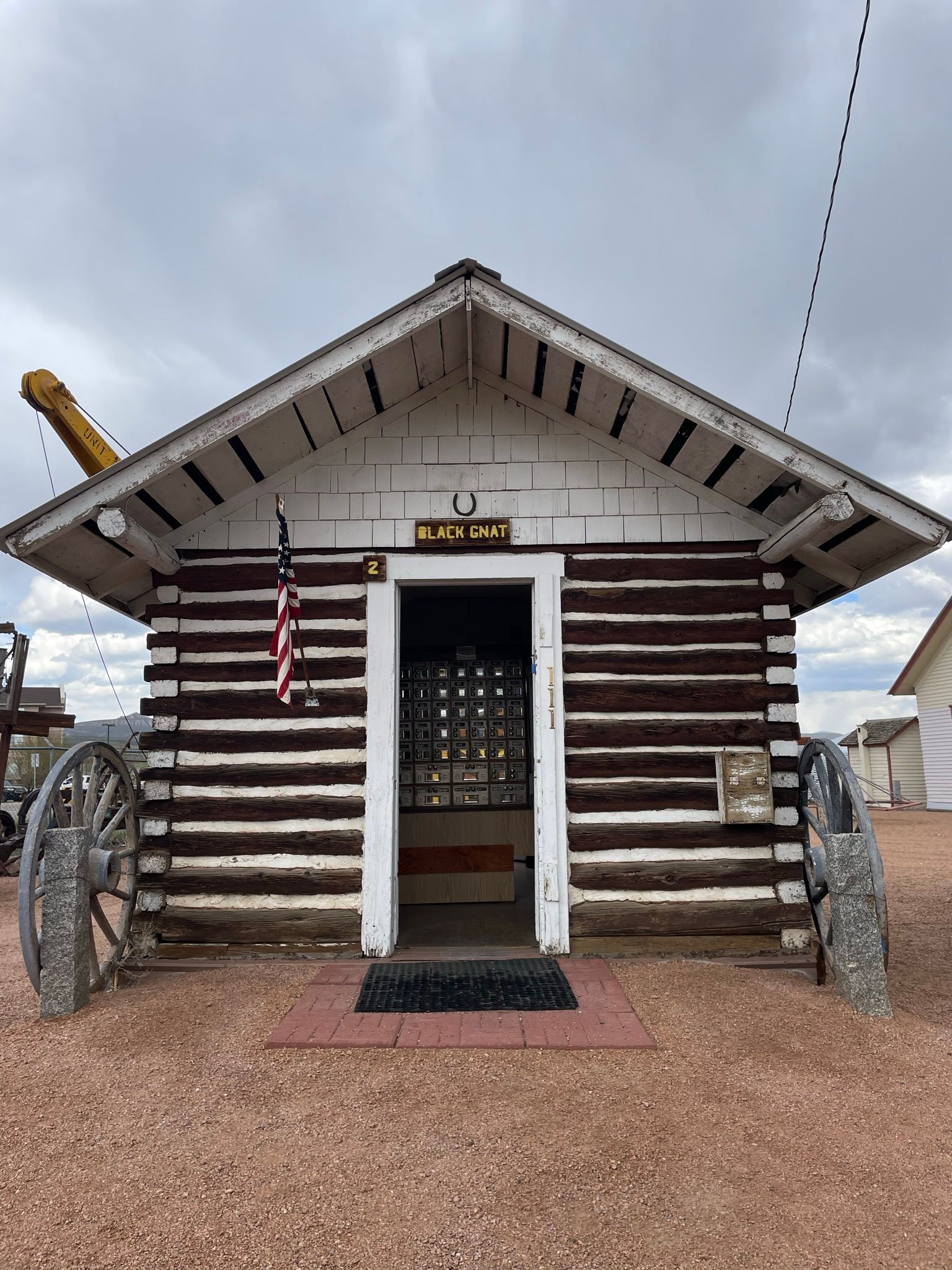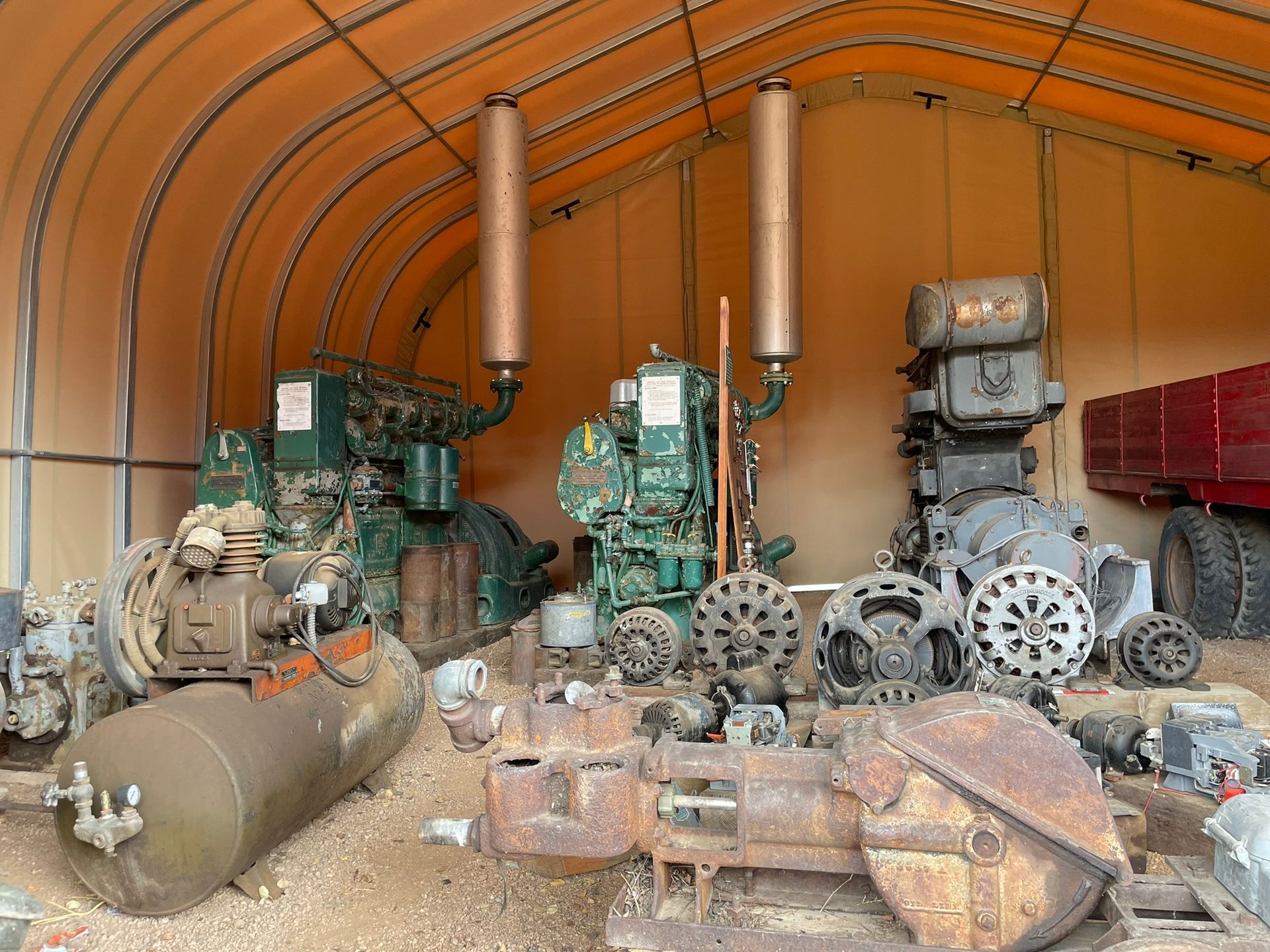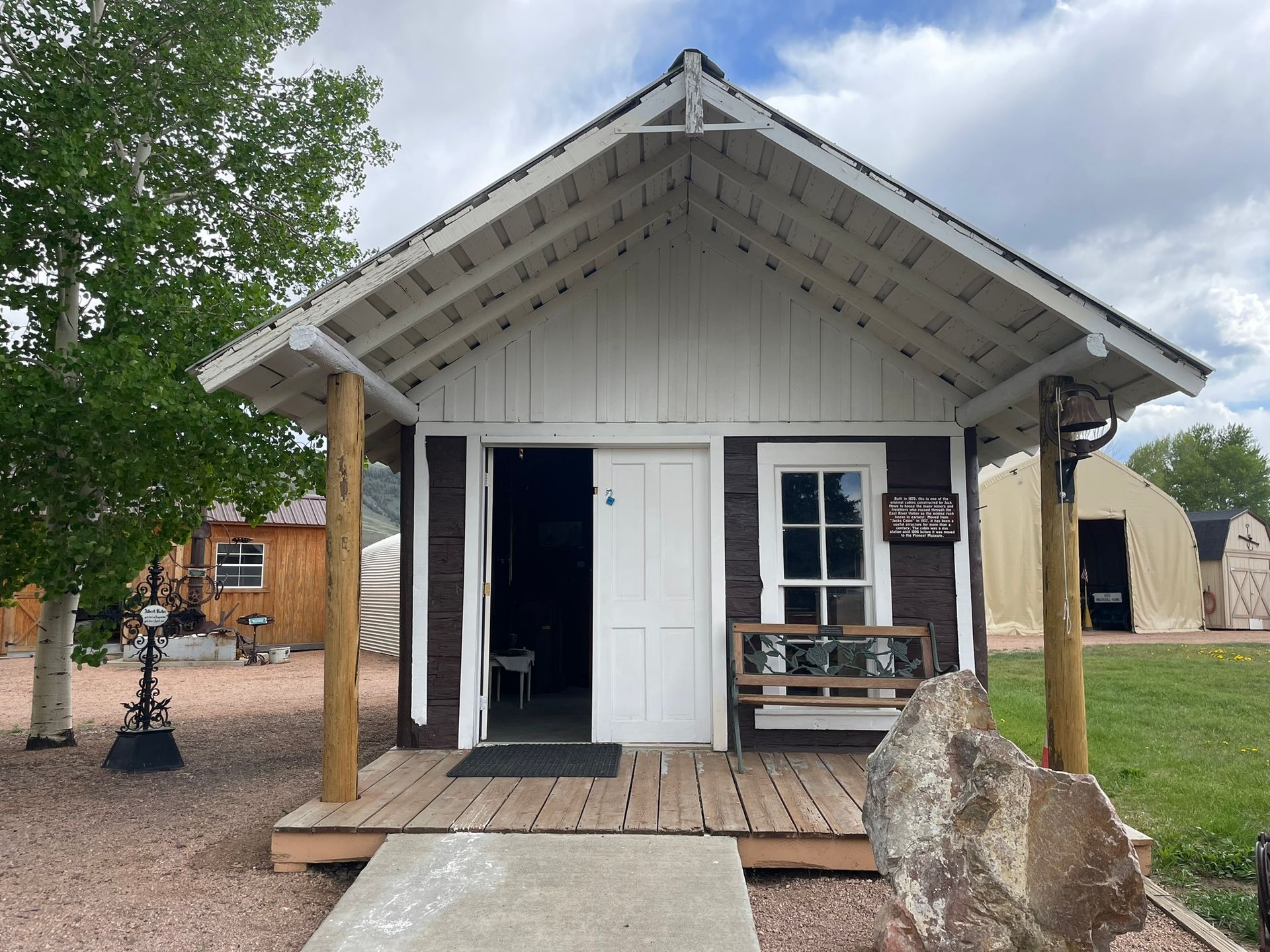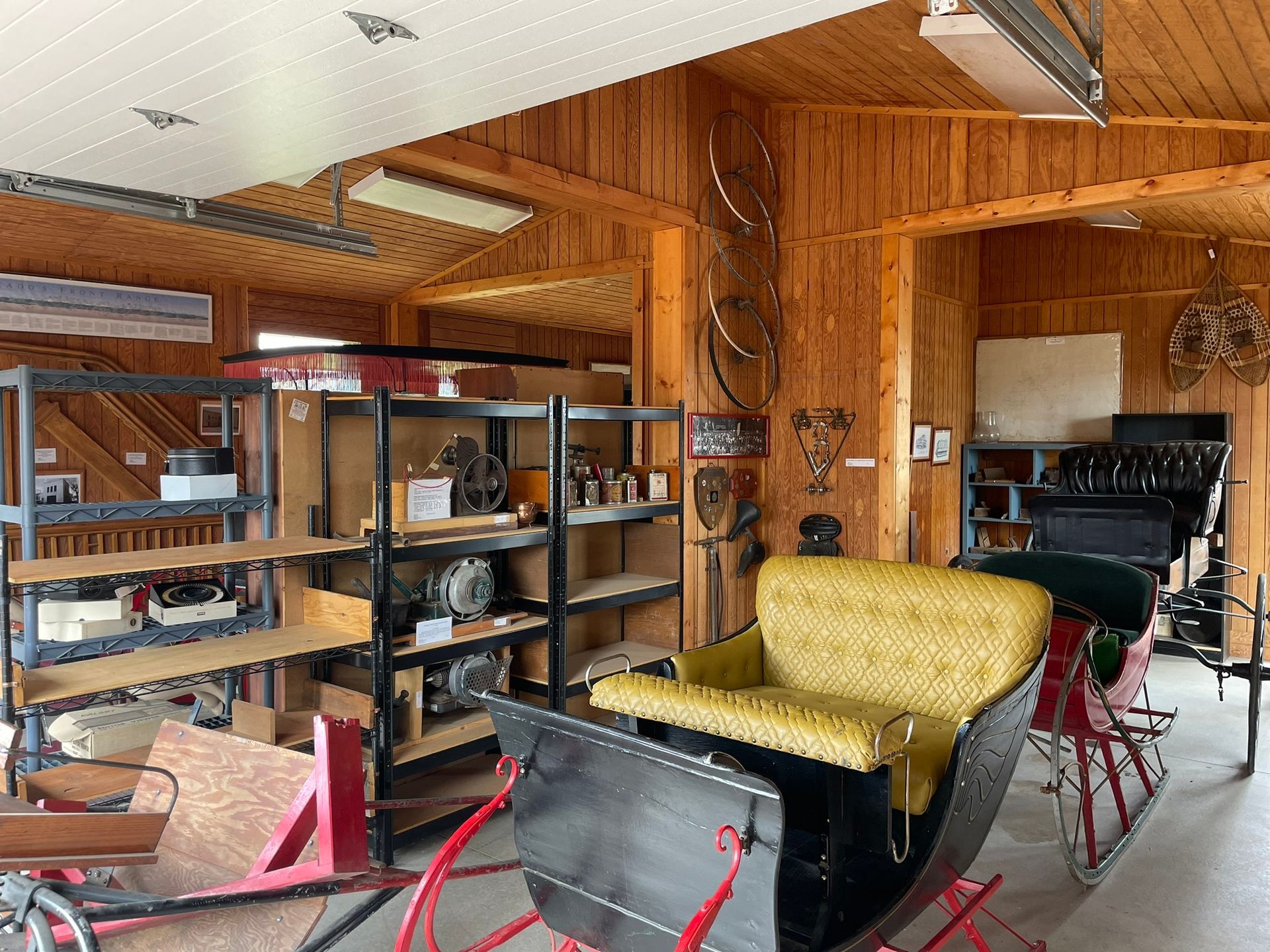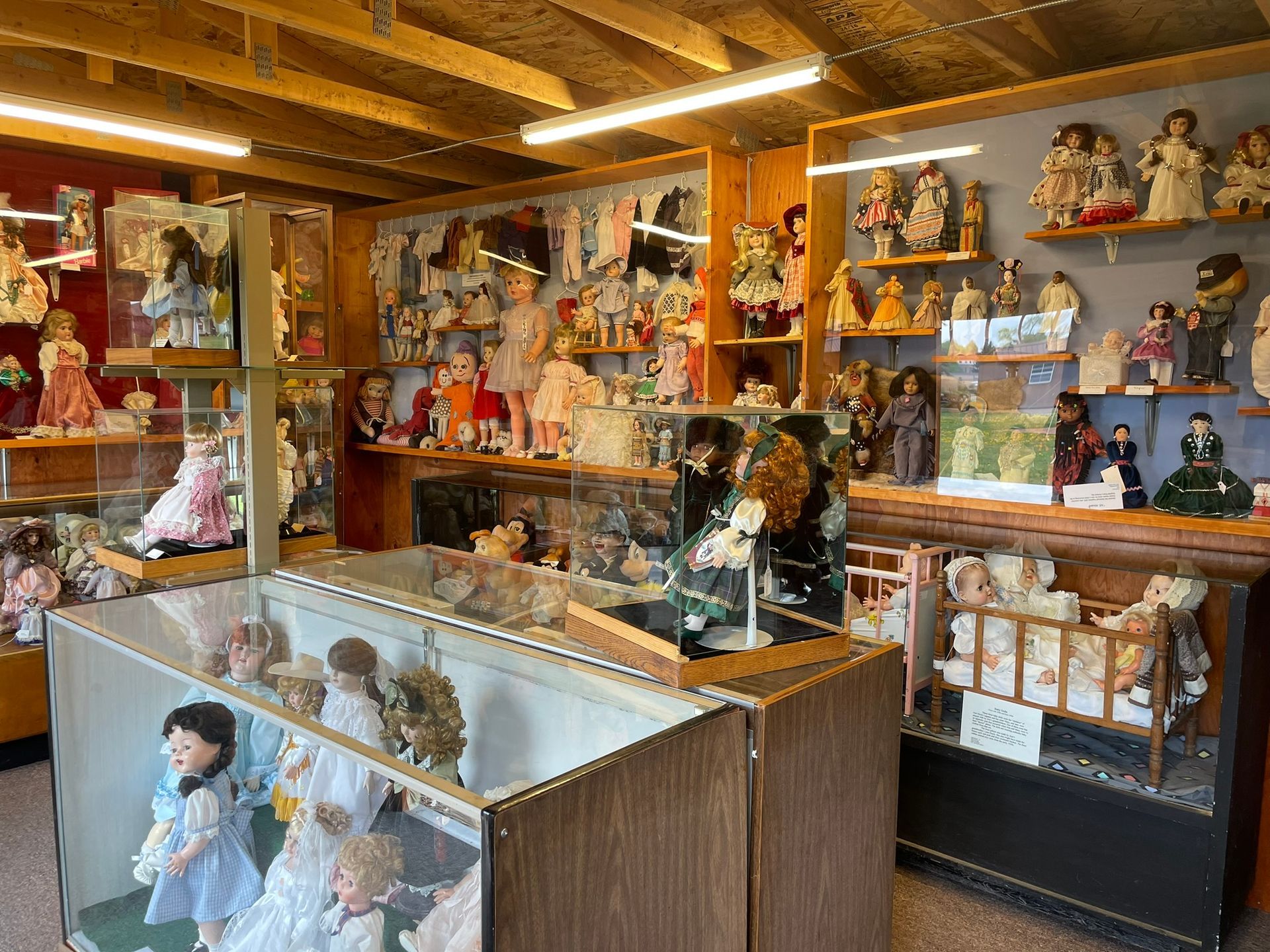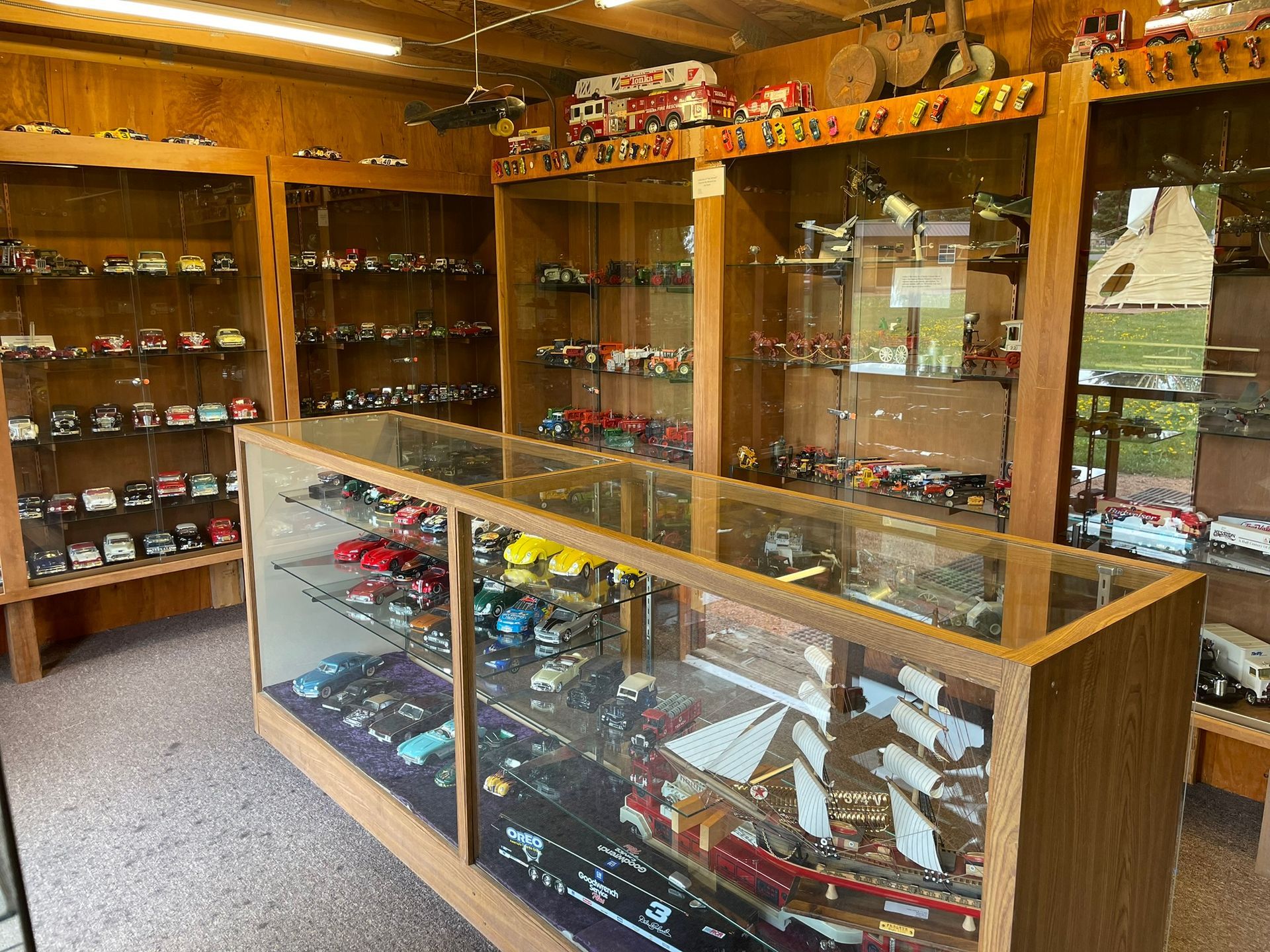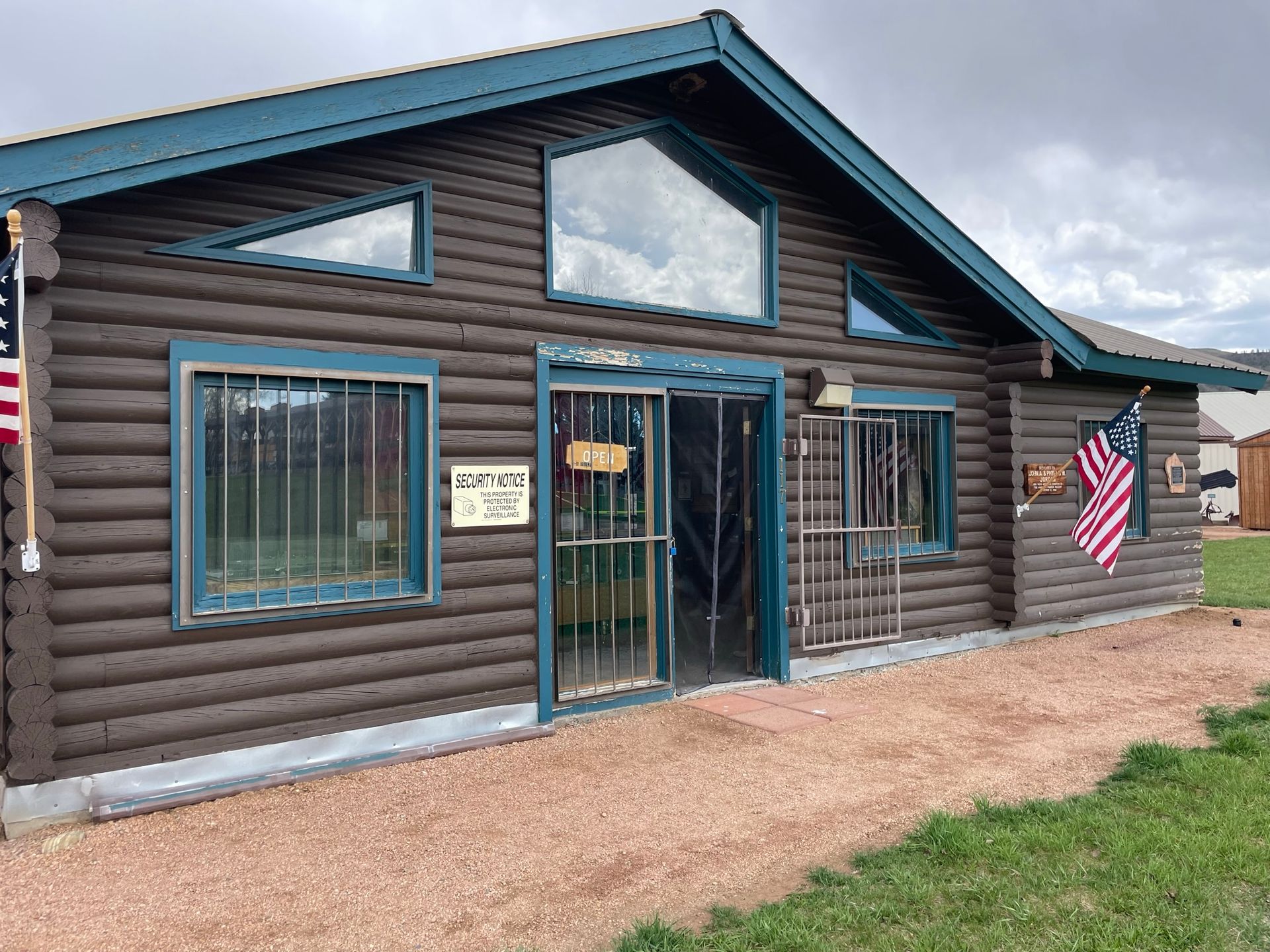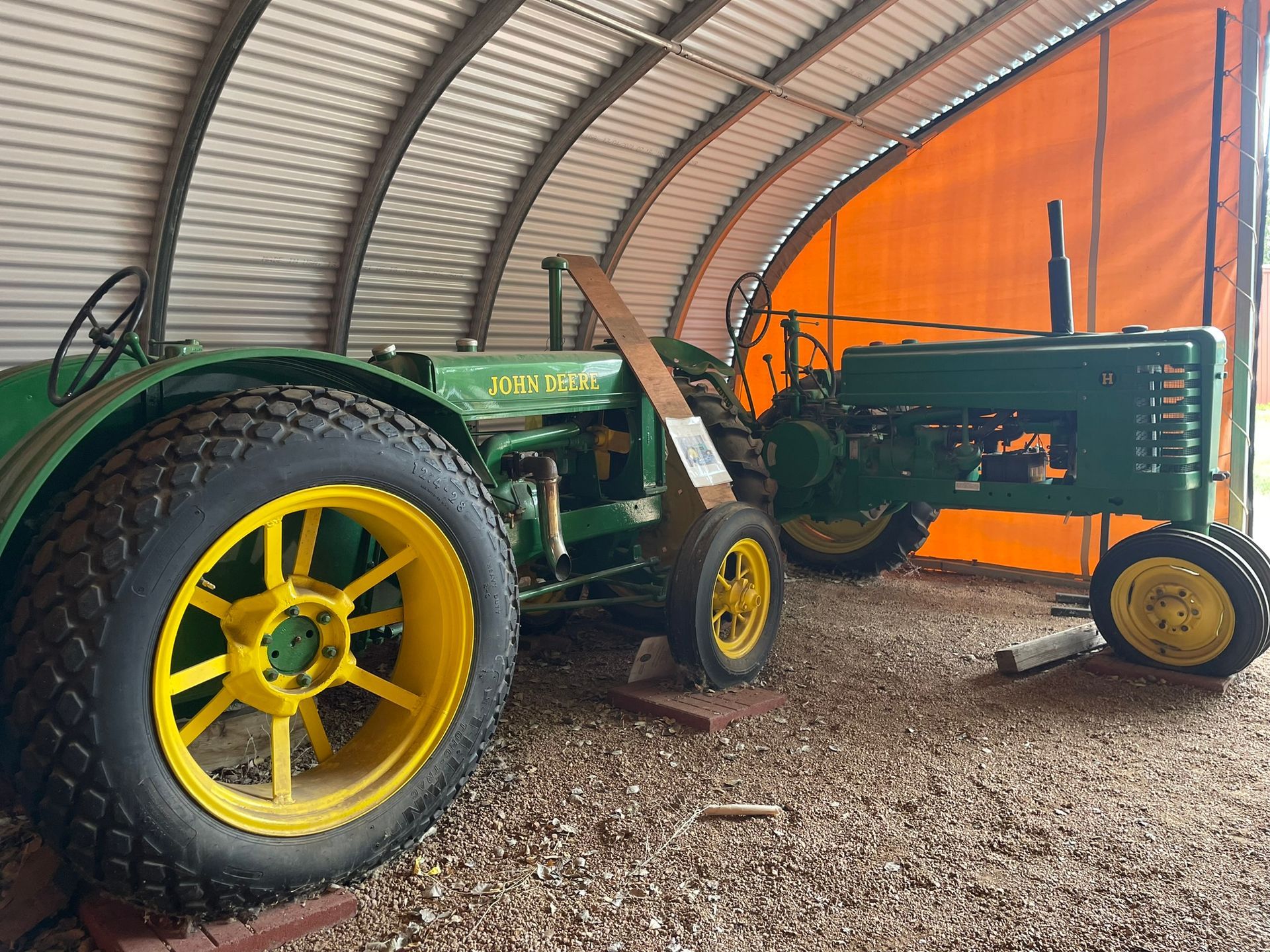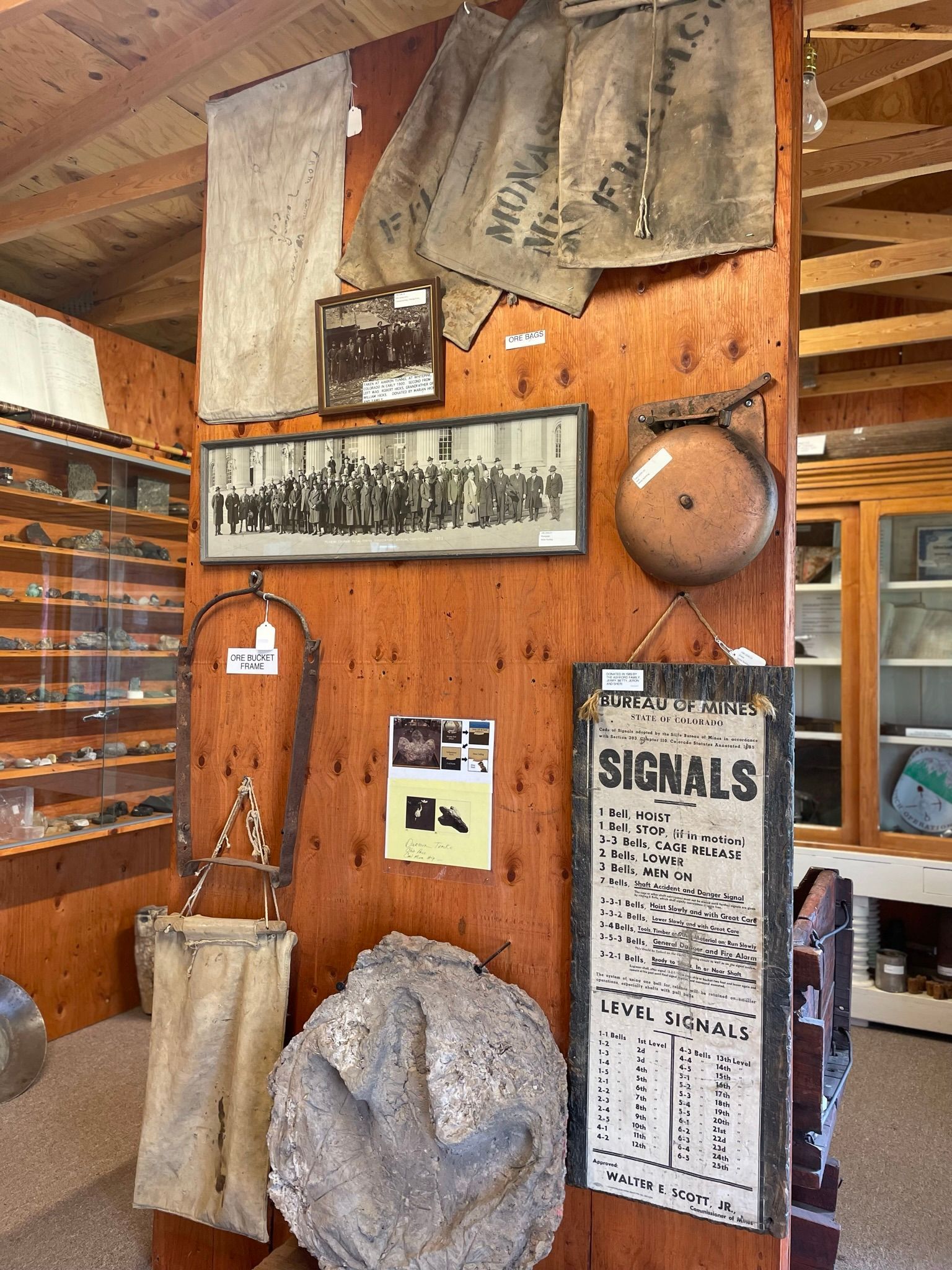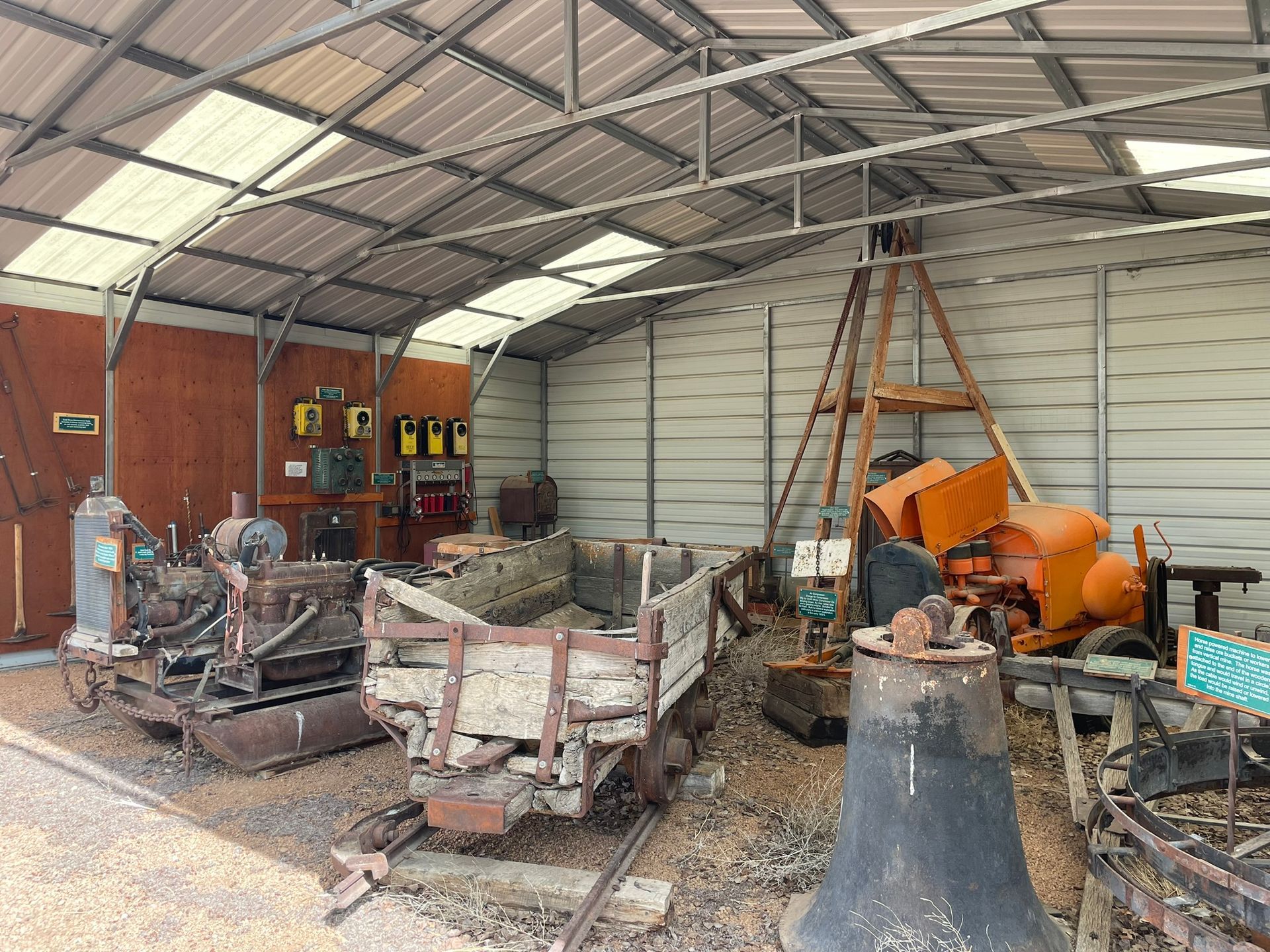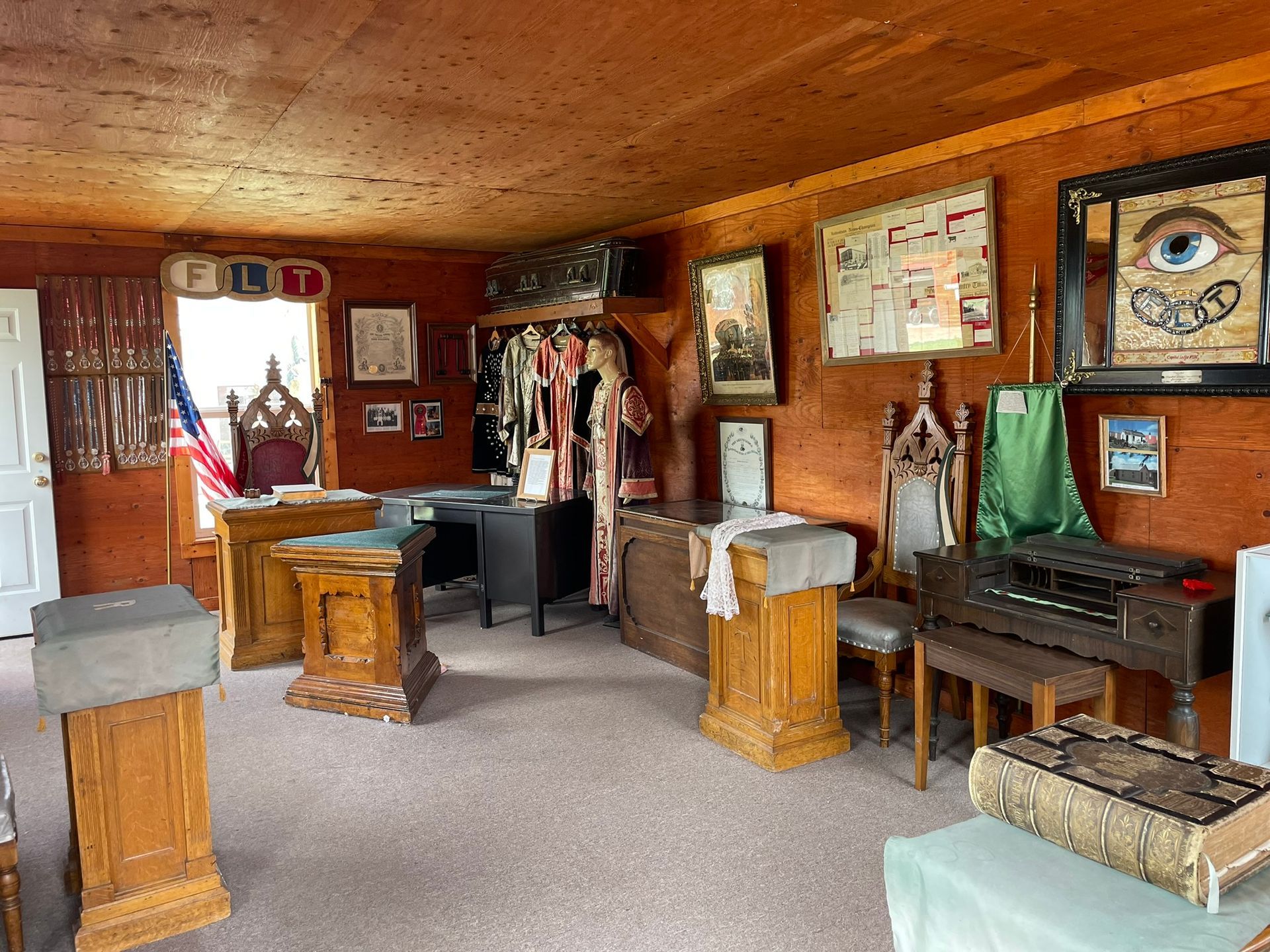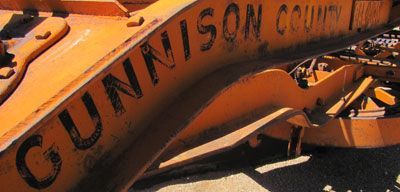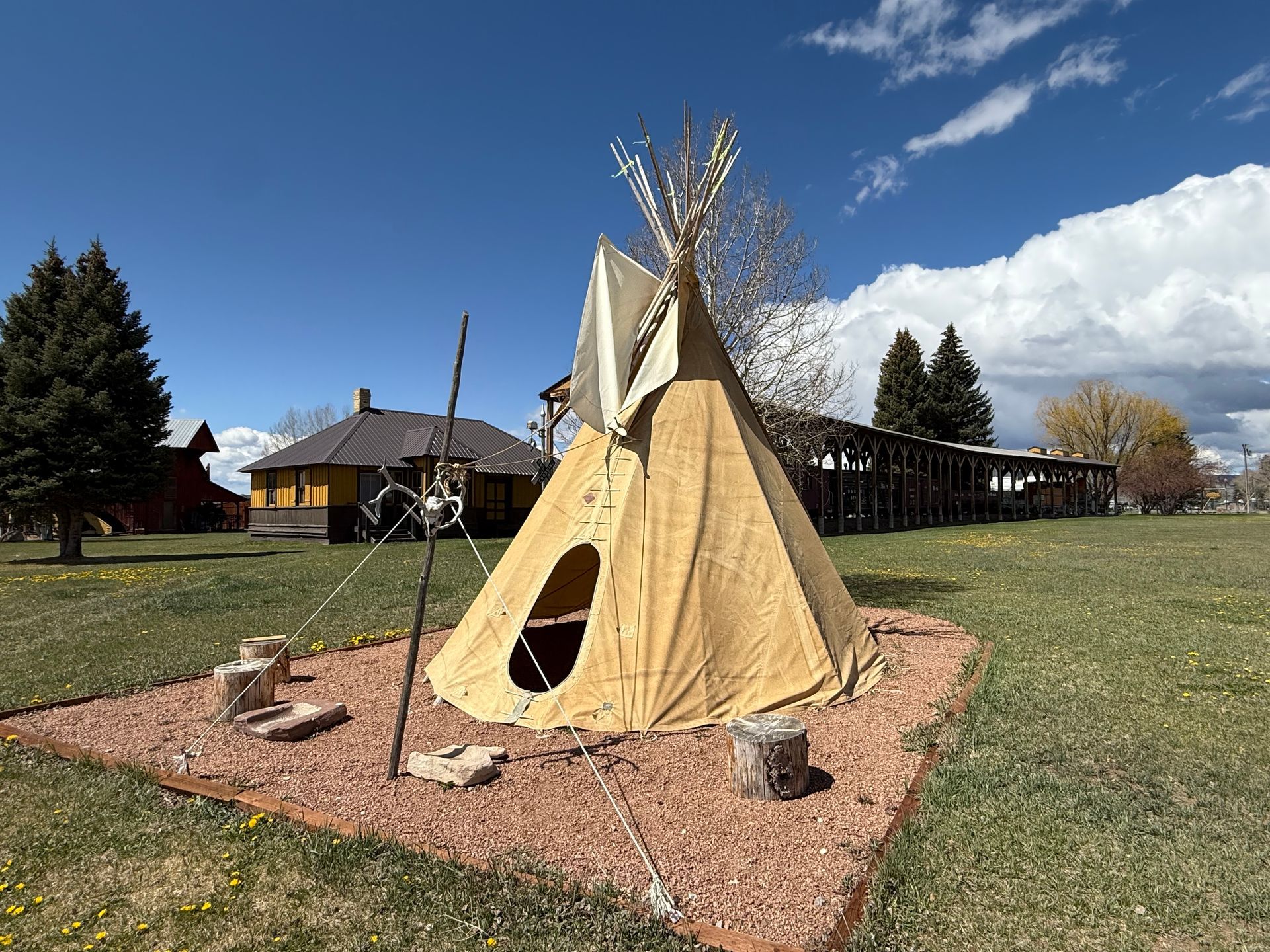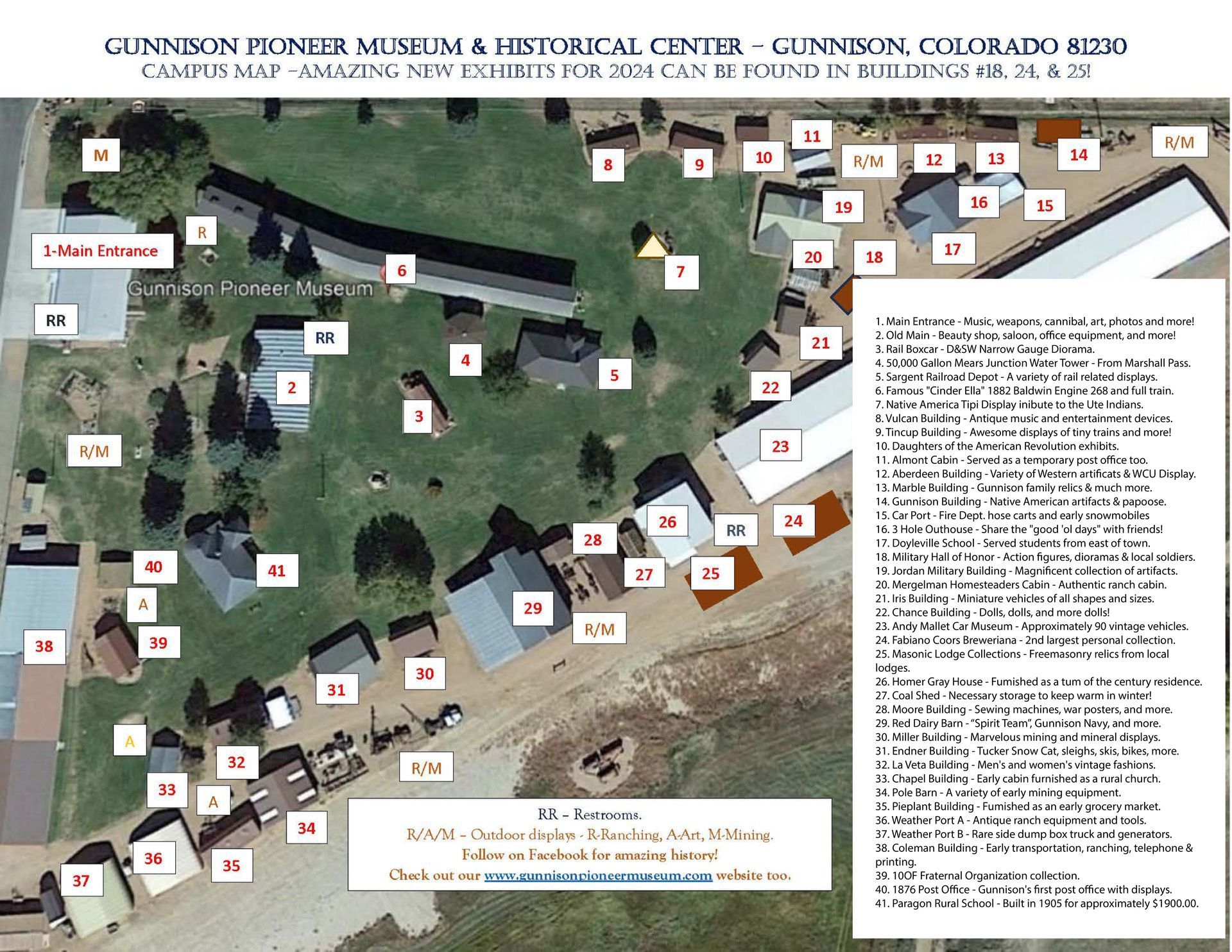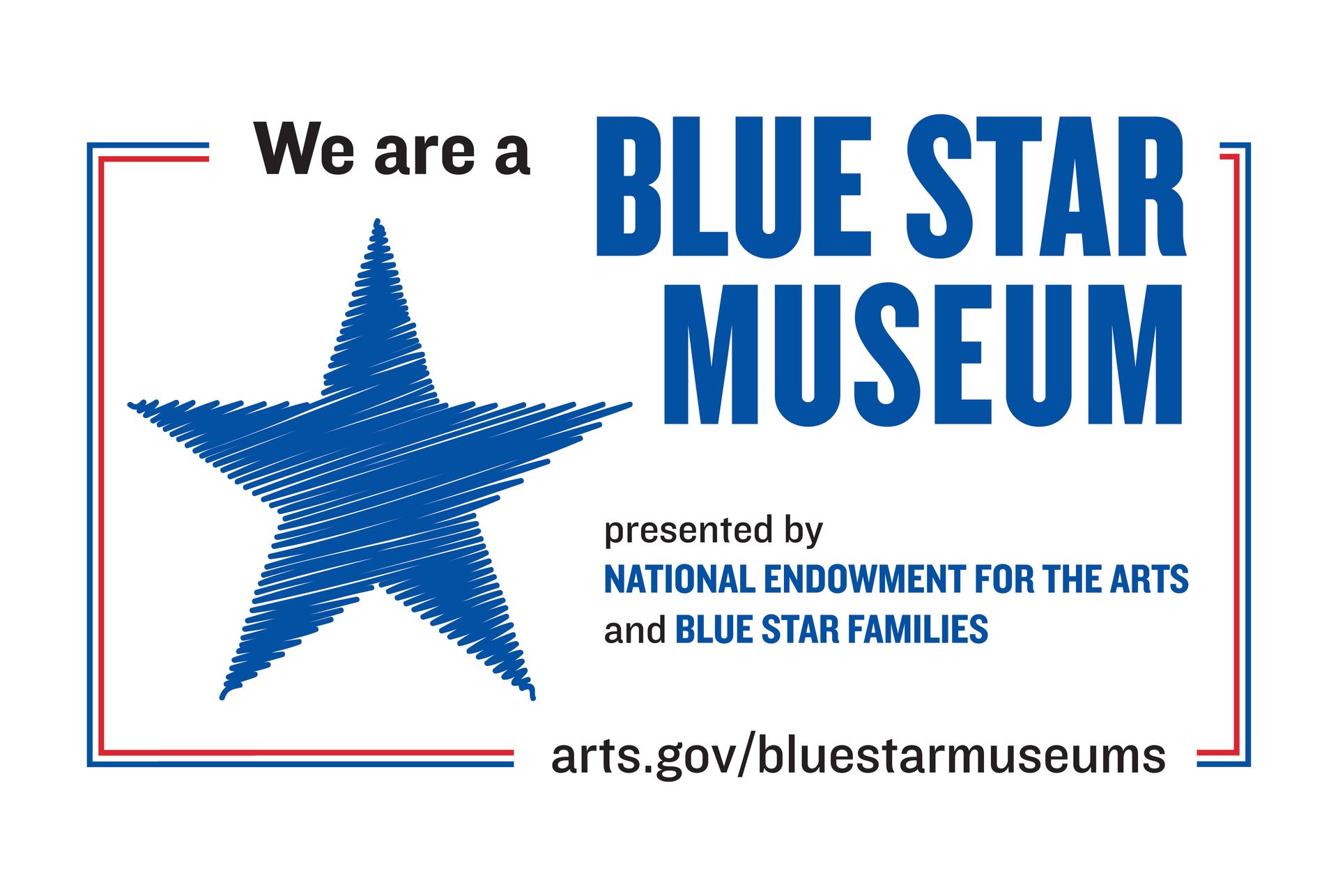"Cinder Ella" one of the most famous engines in Colorado history, was built by Baldwin Locomotive Works in Philadelphia in 1882 and served the Gunnison area and other southern Colorado narrow gauge routes for over 70 years. Only three of the original 150 ordered by the Denver & Rio Grande Railroad still exist, with No. 278, on display crossing a trestle while exiting the Black Canyon near Cimarron west of Gunnison, and No. 223 being refurbished for display in Utah. "Cinder Ella" began the "celebrity" part of her career as the featured engine during the Denver & Rio Grande's 75th Anniversary Tour in 1945, travelling on the back of a standard gauge flatbed car with other historic rolling stock, pulled by their most modern engine in their fleet and making scheduled appearances all along their routes. In 1949 she again travelled on top of a standard gauge flatbed car, this time representing the D&RGRR at the Chicago Railroad Fair, where she was the only engine that pulled passengers around the shores of Lake Michigan on the make-believe Cripple Creek & Tin Cup Railroad, marked as the "Montezuma", to pay tribute to the first engine in the D&RGRR fleet. It was her Hollywood co-stars in the 1952 Paramount Pictures movie, "Denver & Rio Grande" that gave her the "Cinder Ella" nickname, as she truly was the "star" of the film, which includes a spectacular head-on collision between trains. Thankfully she had a stand-in for that scene! With the last of the coal mines closing in 1952, the D&RGWesternRR "abandoned" the over 300 miles of track in Gunnison County and she spent the next few years pulling in unused rolling stock from outlying rail stops and hauling the dismantling scrap trains. Her fire was extinguished for the final time on June 30, 1955, and after that she was placed on static display on the west end of Gunnison and at Legion Park before one final "celebrity" appearance. During the summer of 1959 she was hauled by semi-truck over Monarch Pass and put on display in Civic Center Plaza in front of the Colorado State Capitol and next to a Titan Ballistic Missile during the "Rush to the Rockies" Centennial celebration. She was moved to the museum grounds in 1964 and has had her bell rung by thousands of visitors since then. was built in 1882 by Baldwin Locomotive Works and was used for 73 years in the Gunnison area. Only 3 narrow gauge trains remain of the 150 C-16 model engines built. This engine has been on display at the Chicago Railroad Fair, "Rush to the Rockies Centennial" and in the film "The Denver and Rio Grande”--1951. The engine made its official final run on September 28,1954 from Sapinero to Gunnison. On June 30, 1955 this engine was used as a workhorse in pulling up the railroad tracks in the Gunnison area.

